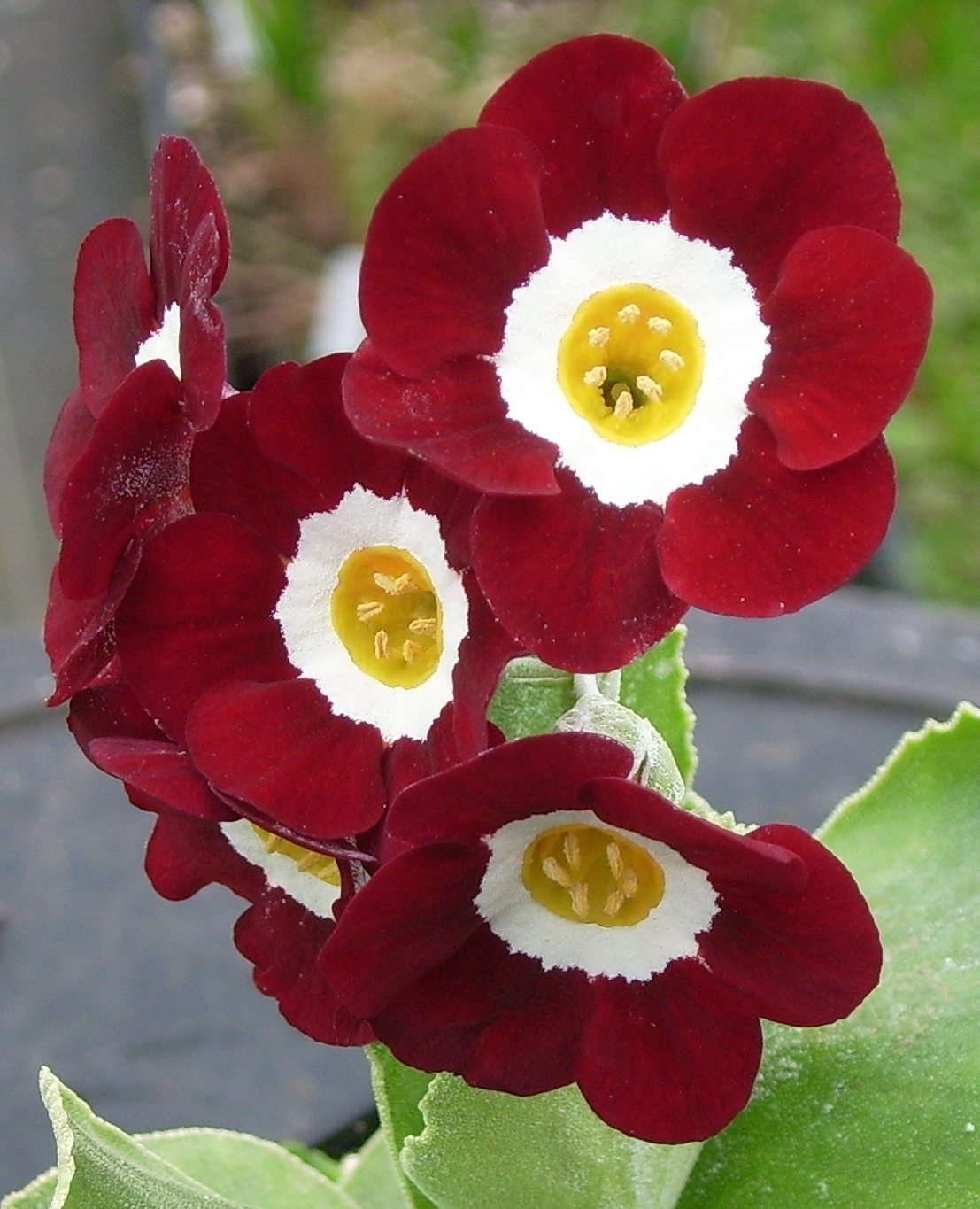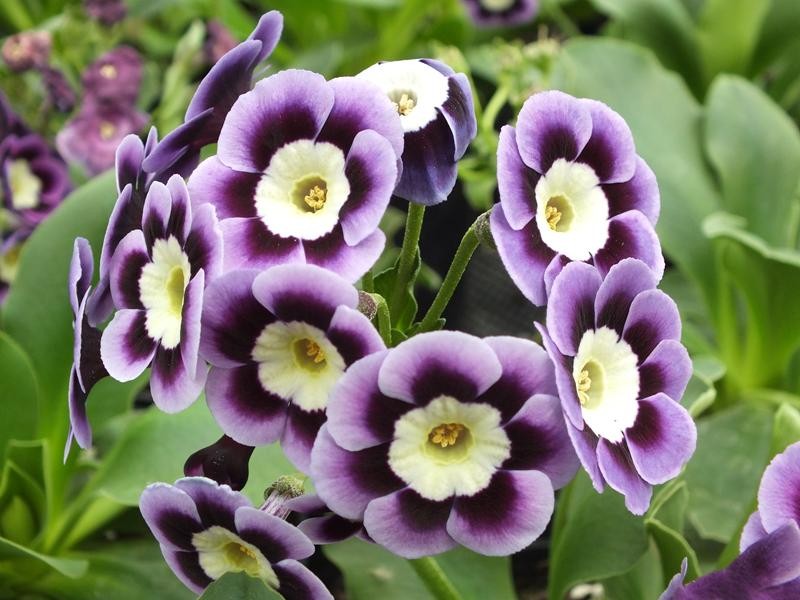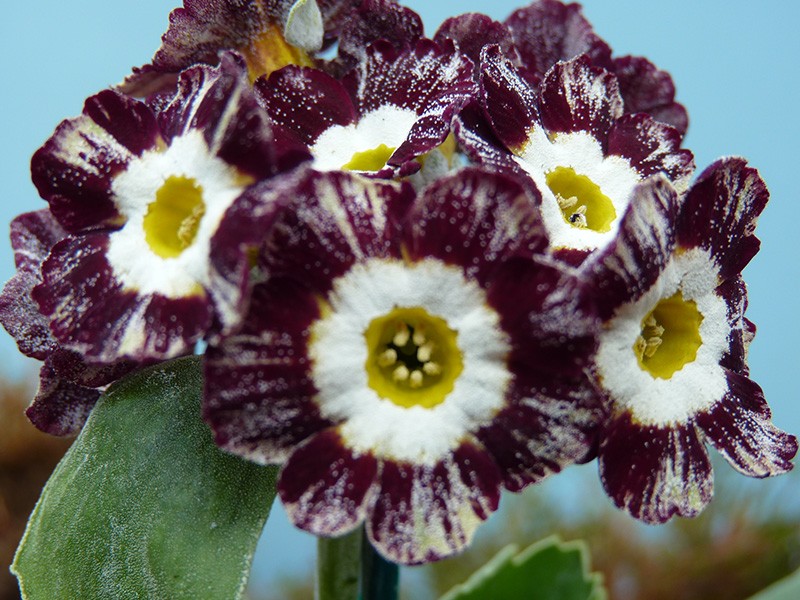

‘Ancient Society’ has red petals with orange tips and a golden center.‘Adrian’ is an Alpine auricula with purple petals edged with lilac.“Border” are the easiest to grow in the home garden and bloom with sweet-smelling flowers.“Alpine” have cabbage-like clumps of foliage and domed flowers on erect stems.“Double” auricula have white farina and bloom with multiple petals of green, tan, mustard, buff, mustard, or mauve.
 “Fancy Shows” may be striped or edged and usually contain black, white, or gray colors. “Show Selfs” are a single, solid color (usually red, yellow, or purple) with a band of white farina. Flowers range widely across the color spectrum and grow in multiple forms, which are categorized into several different types: Popular Auricula Types, Species, and Cultivarsīotanists and gardeners have long loved auricula, creating hundreds of cultivars over the past 500 years. No matter where auriculas originally from, the Victorians embraced these lovely blossoms and included them in their floral lexicon. Other traditions say that the flowers first entered Britain in the 16th century, brought by Flemish weavers as they fled the Continent.Īuricula was grown in the Spitalfields area of London and were very popular in Northern England, where they were called “cowslips” or “bear’s ears.” Weavers in the region, especially those of Flemish ancestry, embraced auricula cultivation from the 1600s through the 1900s. Some believe that auricula first made their way to England in the late 17th century when the Huguenots fled France. Thanks to decades of cultivation, auricula’s fragrant come in a wide range of colors, from purple to yellow, white to dark green. Some flowers have a coating of farina, a substance that looks a bit like white or yellow cornmeal. Plants reach up to 18 inches tall.Īuricula flowers may be solitary or grow in umbrels or whorls. The leathery foliage grows in a basal rosette pattern.
“Fancy Shows” may be striped or edged and usually contain black, white, or gray colors. “Show Selfs” are a single, solid color (usually red, yellow, or purple) with a band of white farina. Flowers range widely across the color spectrum and grow in multiple forms, which are categorized into several different types: Popular Auricula Types, Species, and Cultivarsīotanists and gardeners have long loved auricula, creating hundreds of cultivars over the past 500 years. No matter where auriculas originally from, the Victorians embraced these lovely blossoms and included them in their floral lexicon. Other traditions say that the flowers first entered Britain in the 16th century, brought by Flemish weavers as they fled the Continent.Īuricula was grown in the Spitalfields area of London and were very popular in Northern England, where they were called “cowslips” or “bear’s ears.” Weavers in the region, especially those of Flemish ancestry, embraced auricula cultivation from the 1600s through the 1900s. Some believe that auricula first made their way to England in the late 17th century when the Huguenots fled France. Thanks to decades of cultivation, auricula’s fragrant come in a wide range of colors, from purple to yellow, white to dark green. Some flowers have a coating of farina, a substance that looks a bit like white or yellow cornmeal. Plants reach up to 18 inches tall.Īuricula flowers may be solitary or grow in umbrels or whorls. The leathery foliage grows in a basal rosette pattern. 
Botanical Characteristics, Colors, FragrancesĪuriculas are herbaceous, flowering perennials with simple leaves.







 0 kommentar(er)
0 kommentar(er)
